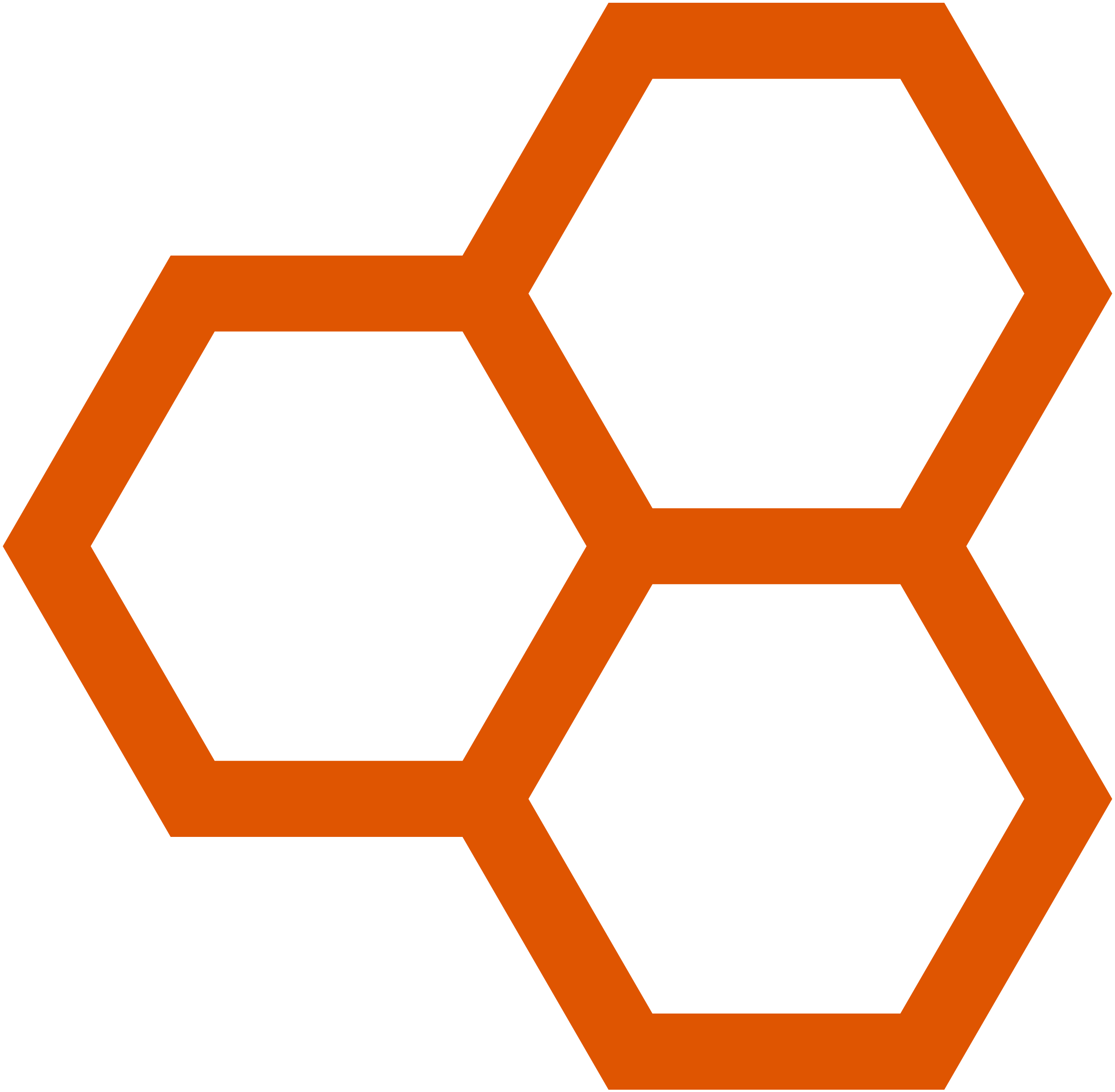In the current economic context, productivity is a hot topic. With rising interest rates and inflation, companies must be productive to compensate for all these financial unforeseen events. In addition, today’s workforce is more demanding and focuses on well-being above all else, which brings the headache of combining wellness and productivity.
Before proposing innovative solutions, let’s analyze the aspects of productivity.
In economics, productivity is defined as the optimal equation for obtaining the best possible score in the quantity and quality of products and services with a given number of resources (employees, materials, etc.) made available to a company (see the equation below). Achieving efficient productivity requires adapting management to the performance needs of the company for all the stakeholders involved.

Productivity aspects
Productivity performance indicators can be broken down into several aspects, such as customer satisfaction, compliance with budget and schedule, enthusiasm of team members, therefore a reasonable level of absenteeism as well as good management of tasks between the different resources.
Let’s look at how we can evaluate performance according to 3 types of productivity.
1- Capital productivity (CP)
Capital productivity (CP) analyzes the efficiency with which equipment and machinery are used to produce goods. In other words, it’s a way of seeing if we’re using our material resources to create value or if we can optimize our processes in any way.

For example, we could imagine this aspect of productivity as in the productivity analysis of a pen box factory. If this factory produces 1000 boxes of pens using 10 machines, then the productivity of capital is 100 boxes of pens per machine.
2 – Labor productivity (LP)
Labor productivity (LP) measures the amount of value added produced per hour of work. This allows you to know how efficient employees’ work is and to act on the elements that can contravene productivity before tensions set in in the teams.

If in a training center, the trainers produce 4 courses of $500 for a value of $2000 in 40 hours of work, then the productivity of the work is $50 per hour.
3 – Total factor productivity (TFP)
Total factor productivity (TFP) calculates the extent to which all available resources (labor and capital) are best used to produce value added. It is a more extensive measure that includes all the means of production.

We could visualize the efficiency of a tourism business as follows: if the value-added is $500,000, the fixed capital (such as computers and offices) is $250,000, and the cost of agents’ salaries is $250,000, then the TFP would be 1.
These 3 distinct measures of productivity offer a different perspective on a company’s economic performance. They can be used to identify areas where improvements are needed to increase the efficiency and competitive value of one’s business in today’s market.
Towards efficient productivity
How can we go beyond effectiveness by embodying efficiency? First, let’s look at the distinction between effectiveness and efficiency.
According to the Career Guide available on Indeed’s website, effectiveness focuses on the “appropriate means” without regard for the optimization of the actions taken, while efficiency is based on the “minimum possible means”, which implies planning an optimal strategy with the aim of focusing on the best results in the long term.
When a company becomes efficient, it can promote all performance indicators without sacrificing one for the benefit of another, excluding exceptional situations. For example, when a productivity problem is encountered, the scope of each team member’s actions is evaluated so that they better meet the company’s expectations. If an individual is less effective in a specific task, but reaches their full potential in another activity, it will be wise to rethink their contribution to the work team.
This way of improving the distribution of tasks becomes possible when you know the profiles of your employees better. In this sense, we offer you tailor-made solutions that can analyze and refine the work performance of each person with the 3 parts of the mind.
How can you concretely and quickly optimize your productivity while focusing on people’s well-being?
The first solution is for each person to work in their area of genius. To achieve this, it is necessary to align people with their mind so that they are on their “X”, totally themselves, for optimal well-being and productivity. Human management integrates the understanding of the 3 parts of the mind, it aims to optimize the organization by valuing the uniqueness of each individual.
- Affective (Emotion)
- Conative (Action)
- Cognitive (Thinking)
The 3 parts are directly related to the productivity of each person. Let’s look at the source of the problem according to each part:
| Affective | Conative |
Cognitive |
| Lack of motivation; Fear of failure |
The way of doing the task is incompatible with the strengths |
Not skills or experience |
The conative aspect or the instinct to act is little known and used. Understanding instinct-driven behaviors helps create engagement and increase productivity. Reach new heights faster by facilitating the well-being of your employees to reach their full potential.
The results of the Kolbe Index focus on an aspect of the mind other than your personality or intelligence, such as conative action or the instinct to act. This psychometric test helps improve human resources management to achieve company objectives.
- Knowing people’s modus operandi to make decisions or solve issues, and therefore their instinct to act.
- Understand potential conflicts and provide strategies to harmonize relationships
- Optimize production with the right person for each position.
- Maximize teamwork by strategically combining talent.
- Developing the company and managing talent for the next generation.
By aligning tasks with individuals’ natural strengths, leaders can unlock higher levels of productivity within their teams without any effort.
The second solution, which complements the first, is the LEAN approach. The LEAN approach originated in Japan and was popularized by Toyota in the 1950s. LEAN is a work philosophy that aims to create the greatest value for the customer at the lowest cost by maximizing the resources, time, energy and effort involved in creating a product or service.
At the heart of LEAN are several fundamental principles. One of them is the elimination of waste in all its forms, whether it be excess inventory, unnecessary movements, quality defects or inefficient processes. It is possible to eliminate all the waste of human talent by integrating the 3 parts of the mind into the analysis.
By reducing all these inefficiencies, companies can not only reduce costs, but also improve well-being, balance, and their ability to respond quickly to market needs.
The third solution is to ensure consistency. Organizational inconsistencies are pervasive challenges that can hinder a business’s smooth functioning, productivity, and growth. They manifest themselves in different forms, such as conflicting policies, divergent goals across departments, or ineffective communication practices.
Inconsistent reward and recognition systems can also cause confusion and discourage employee engagement. When rewards are not aligned with organizational values and goals, it can lead to harmful behaviors and demotivation.
In addition, complex and/or poorly defined or culturally unaligned business processes can lead to costly inefficiencies and errors.
Finally, inconsistencies in internal communication can lead to misunderstandings and loss of critical information, hurting productivity and weakening the organization’s ability to adapt quickly to market changes.
To avoid these challenges, companies must have a process in place to ensure consistency in decisions and actions and exercise controls to assess the consistency of their structures, processes, and systems. In this way, they will ensure effective organizational coherence that promotes long-term success.
In the current economic context while having a profitable business to meet the demands of the workforce, it is essential to focus on people to preserve relationships while maximizing efficient productivity. By focusing on consistency and using the performance indicators presented, you will be able to improve the overall health of your business and increase your sales without depleting your resources.

